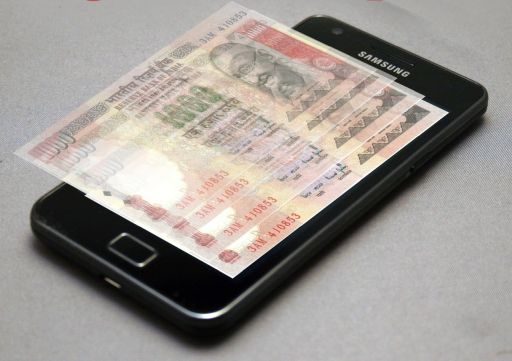The last few weeks have been rather worrisome for many businesses due to the ongoing Covid-19 pandemic, not only because of the state of the economy but because they deal primarily in cash. A government notification in March also advised users to avoid cash and instead digital platforms as a safety measure. Viral videos on popular social platforms of people licking currency notes and wiping their noses with them has furthered the paranoia.
When Prime Minister Narendra Modi announced demonetisation in 2016, it did lead to a boom in digital transactions, especially with wallets such as Paytm but eventually with Google getting onto the Unified Payments Interface (UPI) bandwagon, cashless payments began to soar. As per data from the National Payments Corporation of India (NPCI), the UPI platform witnessed a record ₹1.31 billion in transactions in December 2019 with the total transaction value exceeding ₹2 trillion.
While demonetisation did not give digital transactions the necessary push – most people returned to cash once the shortage had ended – the ongoing pandemic may inadvertently do just that. A 2009 CNN report said that nearly 90 per cent of American currency had traces of cocaine on them. Given that hygiene is not a big issue in India yet, one can imagine the kind of substances that are present on Indian currency – it doesn’t have to be opioid, just dirt and germs.
This would be an ideal time for the government to slowly push for more digital transactions. With the 2019 Union budget doing away with merchant charges for merchants with an annual turnover of above ₹50 crore, the time is ripe for us to rethink stepping into the digital world. The sentiment isn’t restricted to India alone. An Op-Ed on Bloomberg highlights why Apple Pay is looking like a good alternative in the United States to both cash and credit cards. While Apple Pay is yet to enter India, we already have a host of digital payments systems, most of which are based atop NPCI’s UPI platform while some retain independent wallet-based mechanisms of their own.
The biggest hurdle however will continue to be the lack of banking access for many. A 2016 report by PriceWaterhouseCoopers stated that the number of Indians without a bank account went down from 557 million in 2011 to 233 million in 2015. Of these, 187 bank accounts were opened under the Pradhan Mantri Jan Dhan Yojaya (PMJDY) alone. While many of these accounts haven’t been used much since their opening, that is not a problem. While urban India can be persuaded to switch to UPI-based platforms, rural India can use the NPCI’s National Unified USSD Platform (NUUP)or *99# service that works with basic phones for smaller transactions. For those who don’t have mobile phones, the RuPay debit card is always there.
In order to start the shift to digital transactions, the challenge would not be with larger players but the smaller ones. The local grocer, tea stall and bakeries are what need to be targeted. Add to that the discounts offered by UPI apps such as Google Pay, Paytm or KhaaliJeb – the latter offers discounts to students – getting more people on the platform is relatively easier.
The next step would be to target the transit sector. While rail is generally covered with the Unreserved Ticketing System (UTS) app and metro rail is covered by smart cards and app-based systems, the focus should be on buses. Very few cities have managed to go completely digital in the field of bus ticketing, with Mumbai being the shining example. In order to better facilitate this, the Centre needs to rush the much-delayed National Common Mobility Card (NCMC) that was announced yet again in 2018. While urban bus services are easier to handle, the rural sector needs be prioritised as that is what will lead to a mass movement.
By targeting specific sectors, the financial sector has a higher chance of success rather than a generalised approach. In order to incentivise the shift, the Reserve Bank of India may need to slash a few transaction charges like 2016. Once the shift reaches critical mass, a sunset policy for incentives need to take over. Countries like Sweden allow traders and retailers to refuse cash under the Freedom of Contract and this needs to find a way into our legislation as well.
The biggest advantage of going cashless – not counting the associated risks of handling dirty money – is that it eliminates small loses in the form of lose change going missing. In the long run, it paves the way for the government to finally look at slowly doing away with Income Tax and replacing it with a Transaction Tax.
The ongoing pandemic has given us opportunities to take things forward to a new level, albeit unintentionally, and we should seize the moment and get things done.
If you liked this article, please do consider becoming a patron.
Become a Patron! ![]()


One thought on “Once This Pandemic Is Over, We Should Look At How We Transact”